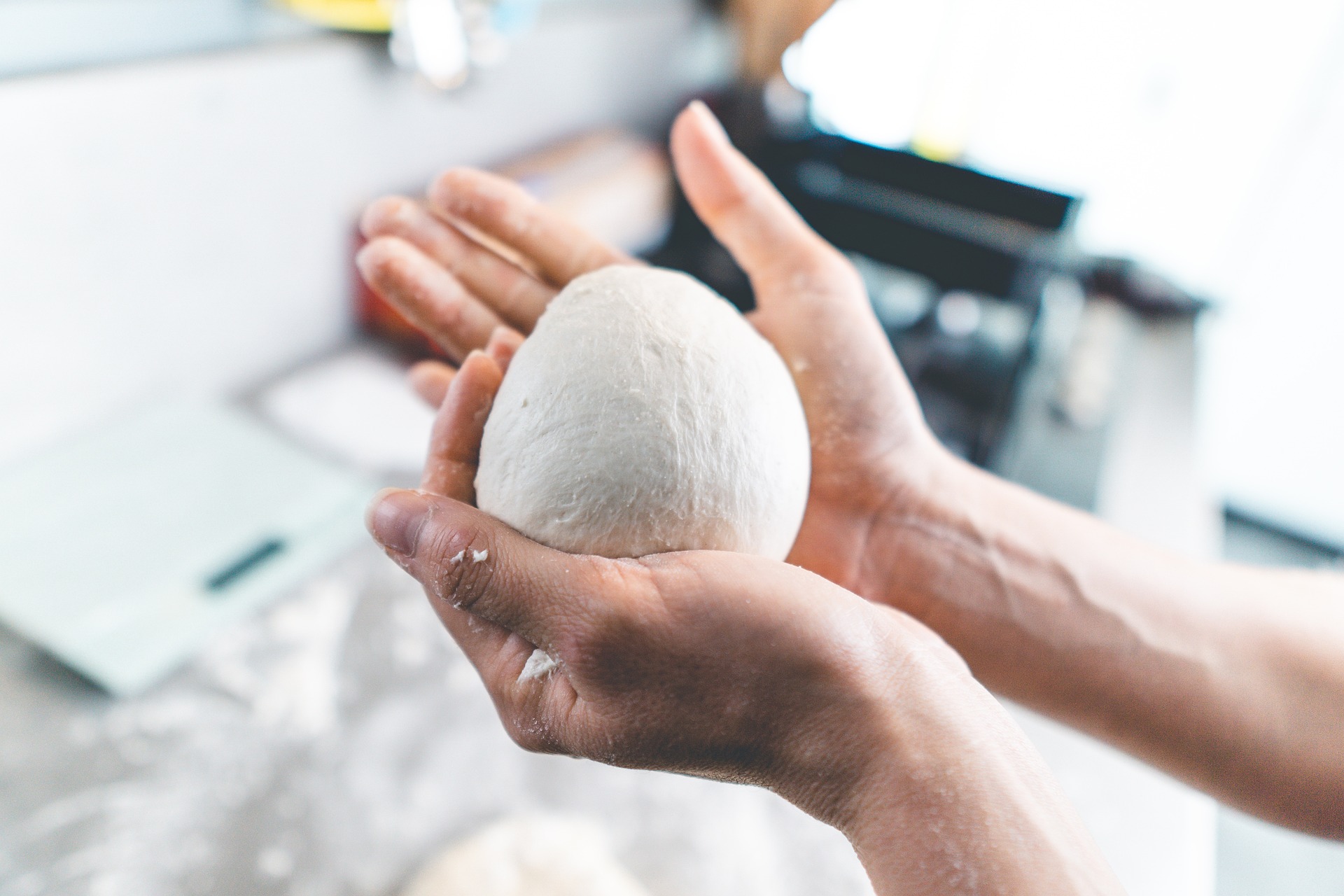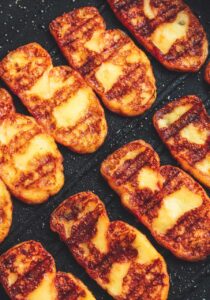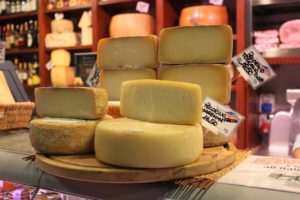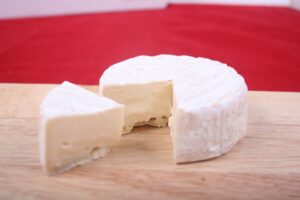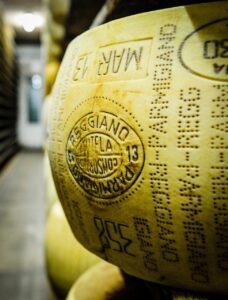The burrata cheese has a specific creamy texture wrapped with a stretched mozzarella cover. There is a close resemblance between the two cheeses in terms of texture and taste. However, the burrata is much tender and creamier than the mozzarella. The history, origin and story of burrata is rather surprising. Its accidental creation explains why it resembles the mozzarella to this degree.
How Was the Burrata Cheese Invented/Created?
The burrata is an iconic cheese native to the town of Andria in Italy. Lorenzo Bianchino is often referred to as the inventor of The Burrata of Andria! He did not intend to create it according to historical mentions; however, the weather forced him to do it, how? It was a cold winter day with heavy snows; hence Lorenzo was stuck in his farm with enormous amounts of milk that needed delivery to a large customer base.
Let’s remember it was the 1900s, and farmers lives’ in Europe and specifically Italy relied on the production of their farms to feed themselves and their families. Therefore, in an attempt to safeguard the white gold of his farm, Lorenzo created a natural casing to cover the milk. This cover was made of a thick layer that resembles the current day outer texture of both mozzarella and burrata. Indeed, it engulfed the milk and protected it and to Lorenzo’s surprise it created a cheese that became very famous worldwide.
Current Important Information Regarding Burrata Cheese
Now the authentic burrata is labeled as the Burrata of Andria, it is a Protected Geographical Indication (PGI). The latter label is a huge topic among European consumers and signify a lot of importance to them. It means that the product is authentic and stemming from the delimited geographical area that is the only place allowed to call the cheese “burrata”. The consortium responsible for the legal protection of the cheese is the Consorzio di tutela della Burrata di Andria IGP, which registered the cheese official documentation in 2017.
The cheese today is one of the most iconic cheeses of the Mediterranean basin and loved by many around the globe. From humble beginnings in Southern Italy, specifically the region of Andria in Puglia (Apuglia), the cheese conquered the hearts of millions worldwide. Also, Puglia has produced “Orecchiette” that is translated into “Little Ears” in English. It is a famous type of Puglian pasta that is eaten with a native herb-like plant that resembles broccoli known as cima di rapa.
To better understand the story and the making of the cheese, many agritourism venues in Italy welcomes you to enjoy the cheesemaking technique of burrata. Therefore, burrata making routes and agritourism is perhaps a special type of sustainable tourism that you may consider trying this year. You get to learn all the genuine methods and skillful processing techniques and phases of creating the fresh burrata. Even better, you get to taste lots of burratas and wine!
Burrata Cheese Food and Wine Pairings
One of the most paired foods with burrata is Prosciutto. The latter is the Italian cured ham that is a signature food of many Italian regions. More specifically Parma, that produces Prosciutto di Parma, one of the finest raw cured hams in the world. The city is within the same region of Bologna, which is considered the food capital of Italy.
The texture and saltiness of the prosciutto pairs perfectly well with the buttery and creamy properties of burrata. Moreover, other salty meats also pair well with burrata. For example pancetta and pepperoni.
As for wine, Italy has some of the finest white wines produced all over the country. Therefore, some honorable mentions of white wines include Pinot Grigio based wines, for instance Pinot Grigio Friuli Colli Orientali. Also, sparkling Italian wines go hand in hand with the cheese. The most famous one is Prosecco which comes in shades of white and rosé. However, neighboring Austria has equally beautiful white wines and many people love Austrian wines with burrata. Namely, Grüner Veltliner is the wine of choice for the populous.
How to Understand and Detect the Real Burrata
The European Union has strict rules when it comes to the protection of consumers. These ensure that asymmetry is reduced to minimal levels. The latter is the definition related to produced products that should provide as much information as possible on the label for the relation between the buyer and seller be symmetrical or equal.
When one party, in most cases the seller, is not unveiling all important information, the consumer’s health is at jeopardy. Therefore, the PGI label discussed previously along with the Protected Designation of Origin (PDO) are two of the most important blue and red signs consequently that you should look for when buying European products. Both signs have yellow colors within and are circular as detailed next.
In our case, as the Burrata of Andria is a PGI product, you have to look for the blue and yellow circular mark that signifies the true origins of the cheese. Also, the burrata mainly is put in a transparent plastic box so that the consumers can see and recognize what they’re buying.
Hope your mouth is not watering after reading this detailed story of the history and origin of the Italian burrata. Always make sure to taste the real signature product and you may always want to spot the PGI blue and yellow sign on the products to guarantee its authenticity.

